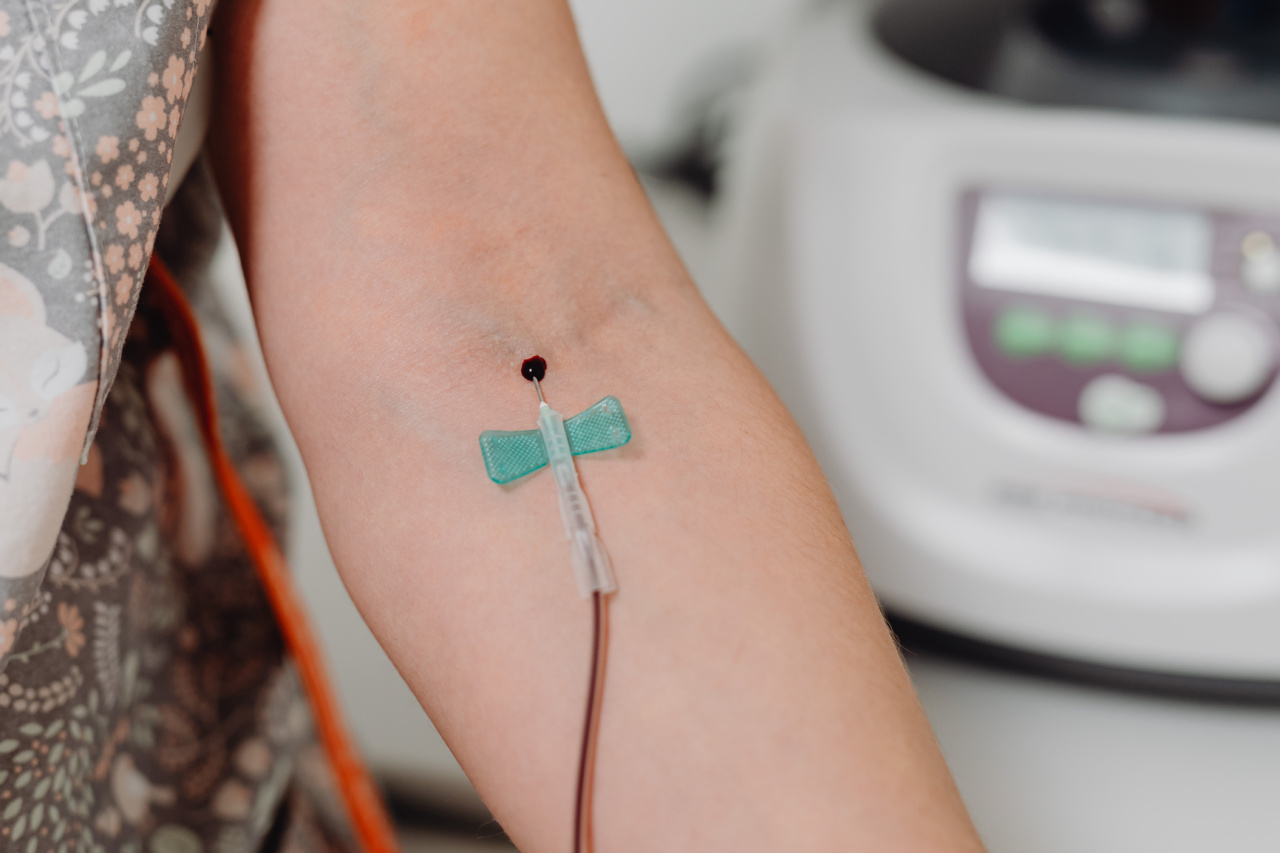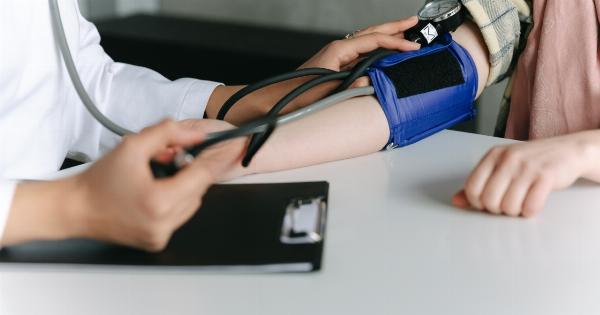High blood pressure, also known as hypertension, is a widespread and chronic medical condition that affects millions of people worldwide.
It is often referred to as the “silent killer” because it typically presents no symptoms but can lead to severe health complications if left untreated. Traditional treatments for high blood pressure include lifestyle changes and oral medications, but recent advancements in medical research have introduced a game-changing alternative – injectable treatments for high blood pressure.
The Need for Injectable Treatments
Despite the availability of various oral medications, many individuals with high blood pressure struggle to manage their condition effectively.
Compliance with daily medications can be challenging, leading to gaps in treatment and poor blood pressure control. Additionally, some individuals may experience side effects or have difficulty swallowing pills. Injectable treatments have emerged as a potential game-changer in addressing these challenges.
How Injectable Treatments Work
Injectable treatments for high blood pressure involve the administration of medications directly into the bloodstream. This bypasses the need for oral consumption, ensuring a more efficient and precise delivery of the medication.
The most common injectable treatments for high blood pressure are angiotensin-converting enzyme (ACE) inhibitors and angiotensin II receptor blockers (ARBs).
Targeting the Renin-Angiotensin System
The renin-angiotensin system plays a crucial role in regulating blood pressure. ACE inhibitors work by blocking the action of the enzyme responsible for activating angiotensin II.
Angiotensin II receptor blockers, on the other hand, prevent angiotensin II from binding to its receptors. By inhibiting the effects of angiotensin II, both types of medications cause blood vessels to relax and dilate, reducing overall blood pressure.
Benefits of Injectable Treatments
1. Improved Treatment Adherence: Injectable treatments eliminate the need for daily oral medications, which can enhance treatment adherence and reduce the risk of missed doses.
2. Enhanced Efficacy: The direct administration of medication into the bloodstream ensures immediate and efficient absorption, leading to improved efficacy compared to oral medications.
3. Increased Convenience: Injectable treatments require less frequent administration, reducing the burden of daily medication routines and providing convenience for individuals with busy lifestyles.
4. Potential Side Effects Mitigation: Some individuals may experience side effects, such as digestive issues, from oral medications.
Injectable treatments bypass the gastrointestinal system, potentially reducing the incidence and severity of these side effects.
Challenges and Considerations
Although injectable treatments offer promising advantages, there are several important factors to consider:.
A Healthcare Professional’s Role
Starting injectable treatment for high blood pressure requires close coordination with a healthcare professional. They will determine the most suitable medication, dosage, and frequency based on individual health needs.
Treatment Accessibility
Injectable treatments might not be readily accessible to all individuals due to factors such as availability, cost, and geographical limitations. However, as these treatments gain popularity, accessibility is expected to improve.
Compliance and Monitoring
While injectable treatments reduce the frequency of administration, compliance and monitoring remain crucial. Regular check-ups and blood pressure measurements are essential to ensure treatment effectiveness and prompt adjustments, if required.
Potential Future Developments
As medical research continues, new injectable treatments for high blood pressure may be developed. These could target different pathways or offer more personalized approaches to treatment.
The future holds great potential for further advancements in injectable therapies.
Conclusion
Injectable treatments for high blood pressure represent a game-changing approach to managing this chronic condition.
By providing increased convenience, treatment adherence, and potentially fewer side effects, they offer new hope for individuals struggling with blood pressure control. However, healthcare professional guidance and close monitoring remain essential for optimal treatment outcomes.





























